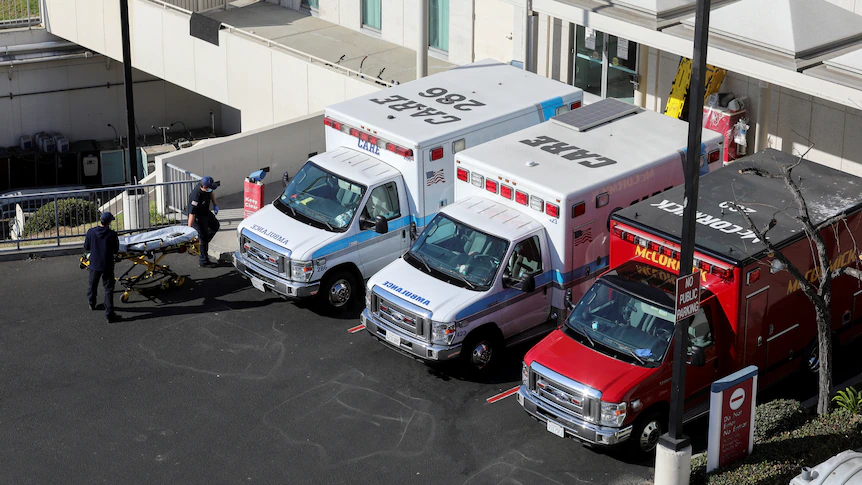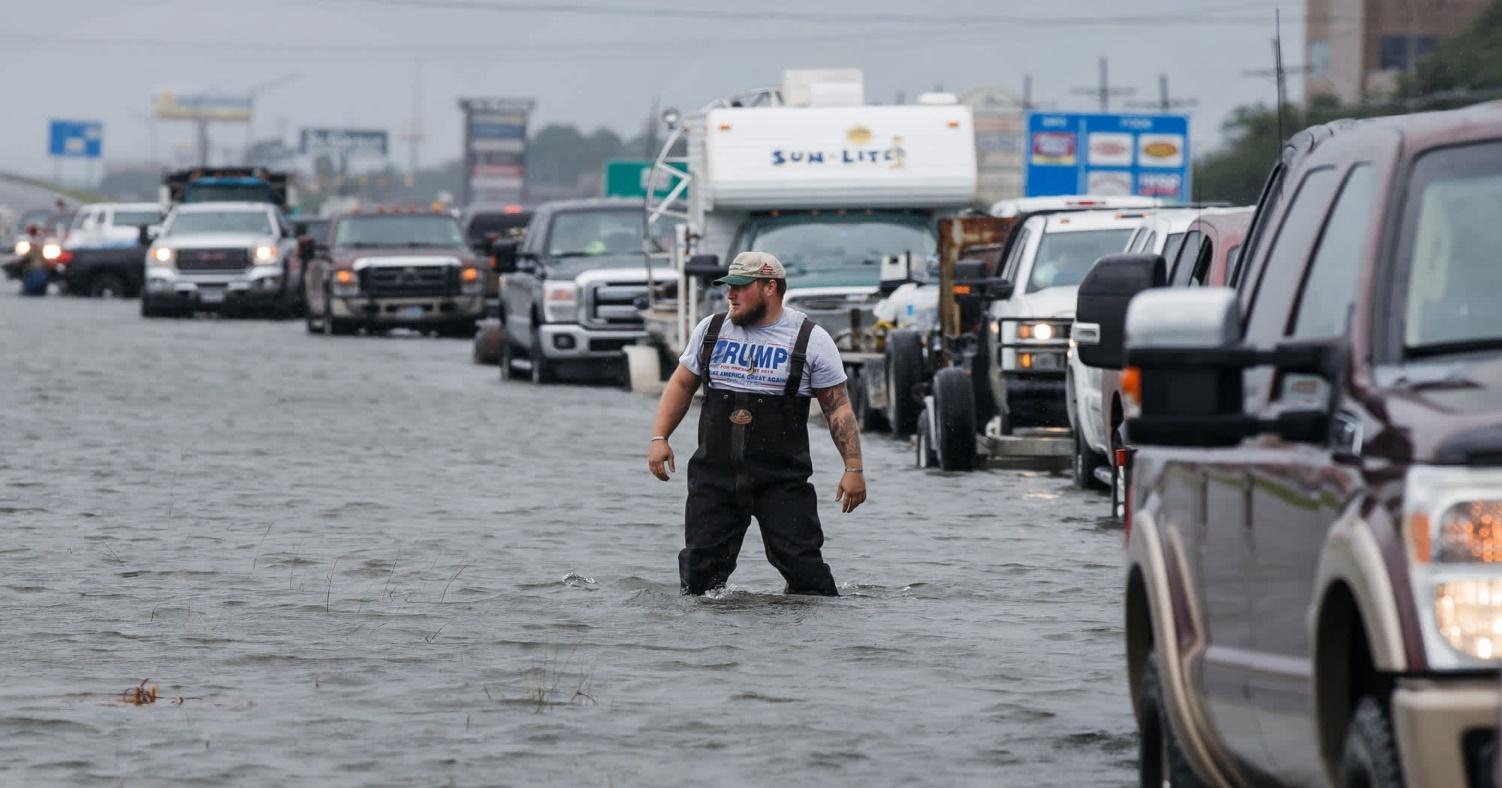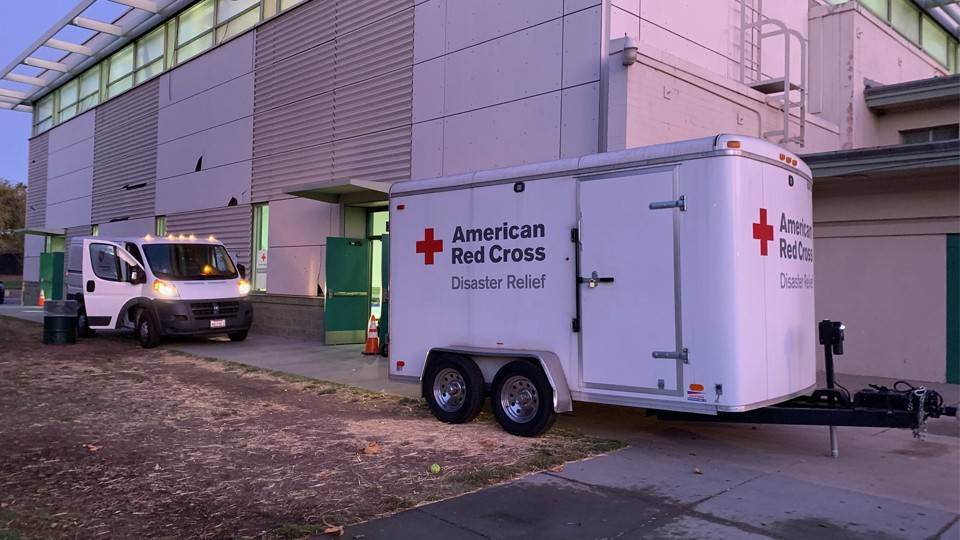Introduction
The preparedness of a local government to adequately respond to a disaster depends on readily available resources. The Los Angeles local government is set to respond and control the effects of floods. As the rainy season approach, the community are well-informed about the precautions to take before and during floods for safety purposes. The local government has several mutual aid agreements at the county level from which they can receive immediate aid during the flood. Therefore, the community and the local government can effectively respond to flood disasters and reduce property damages.
Flood and Response Resources
My community is prepared to respond to floods when the rainy season arrives. A flood is a natural disaster that happens when water overflow submerges dry lands (Garcia, 2022). When heavy rains start pouring every season, my area is usually susceptible to either moderate or severe forms of a flood. Therefore, the local government and citizens have set aside adequate resources to respond to the disaster. Below are examples of some of the most critical resources from health and government response teams, as shown in figures 1 to 4.

The Los Angeles local government has built several shelters to host people during the floods. During the floods, some residents, especially those whose houses are on low levels, may be flooded, thus leaving them homeless. The government developed these structures for such homeless people, which they stay until the situation is resolved (Legislative Analyst’s Office [LAO], 2019). The authority also has emergency response ambulances to use in such disasters. To evacuate people from their flooded home to the shelters, the local government have set up several strong vehicles and drivers (LAO, 2019). Through the local Red Cross department, the government has set up enough relief food trucks to deliver food and clean water to the most affected regions.



Community and Government Preparedness
My community and the government can adequately respond to the floods because we are well-informed and resourceful. First, this type of disaster is not happening for the first time here; hence people have an idea of what could go wrong. Second, the government has constantly communicated to inform the community about preparedness to respond to floods (LAO, 2019). The citizens must store enough food, water, and fuel to survive for a few days during the floods (Garcia, 2022). The government has also influenced significant structural and infrastructural precautions to reduce the effects of floods in Los Angeles. Following the past flood’s destruction, the local authority has constructed disaster-resilient infrastructures to sustain high waters (LAO, 2019). For example, they have created permeable pavements, driveways, and parking lots to ensure the easy flow of water with minimal retention (LAO, 2019). The government has also encouraged developers to build modern standards of homes and structures that withstand high winds and waters.
The healthcare department has also offered the community members adequate knowledge on responding to floods. People are encouraged to call 911 upon noticing floods before they can completely prevent them from moving or destroying their belongings (Ready LA County, 2022). The department also encourages the disabled to have a readily available person at a speed dial to move them to higher grounds (Ready LA County, 2022). These precautions and available resources guarantee the readiness of this community to respond to floods.
Mutual Aid Agreement and Emergency Management Assistance Compact (EMAC)
The Los Angeles government has mutual aid agreements with different towns and counties. According to California’s Legislative Analyst’s Office (2019), the state has six mutual aid agreement regions to respond to various disasters. The county-level agreements are known as operational areas and allow any county experiencing disaster to seek help from these six regions (LAO, 2019). Mutual aid agreement is a legal agreement between two or more entities to share resources during emergent needs (LAO, 2019). Emergency Management Assistance Compact (EMAC) is an agreement between states to reciprocally assist by offering responsive resources during a crisis (LAO, 2019). Compared to mutual aid agreements, EMAC is more accountable in severe crises because it offers more resources.
Plans for Handling Floods before Federal Support
The local ideal plan is to offer immediate response to the affected areas to reduce resource damage and save lives. The healthcare department has informed the community that they should make emergency calls immediately when water floods (Ready LA County, 2022). Such alerts will be received by the response team, and offer immediate help. The LA government has created and trained various disaster response teams composed of multiple experts. There are health, red cross, transport, and police teams readily available for disasters (LAO, 2019). The selected teams are composed of people who will not need to go and save their families during the floods. Through mutual aid agreements and EMAC, the government has ensured there are ready vehicles and drivers to evacuate people from their homes when necessary (LAO, 2019). The local authority has also ensured cooperation with other mutual aid partners by offering aid in the recent past and has kept active communication (Ready LA County, 2022). During the rainy seasons, the health department keeps several emergency rooms available in readiness to respond to floods.
Steady State and Crisis State
The community will experience a difference between their normal state and the crisis state as people work to manage the floods. A steady state is the normal state of the community where it experiences temporary changes (LAO, 2019). A crisis state occurs during flooding when the community needs extra resources and efforts to control the problem (LAO, 2019). The primary difference is that during the crisis state, the local government will employ more resources to the community than they are used to during a steady state. The local government expenses in responding to floods will increase during the crisis (Ready LA County, 2022). Compared to a steady state, the community will experience increased movements and government officials’ presence in the affected regions as they respond to the floods.
Value of EMAC
EMAC will be of high value in providing more needed resources in the area. Vehicles and drivers from various states will be sent to the affected regions to evacuate people. Should the floods prolong, various states will need to supply food and clean drinking water to the LA residents (LAO, 2019). EMAC can also offer additional response personnel to trace and rescue those who could be trapped in flooded houses and homes. Healthcare departments will also be boosted by other states’ assistance to deliver emergency care to the community members who might be hurt during the rescue process (Ready LA County, 2022). In cases where the LA home shelters are also flooded, the state’s shelters will offer valuable accommodation help for the affected.
Conclusion
The Los Angeles community is likely to experience floods but has adequate plans to respond to the disaster. The local government is equipped with Red Cross vehicles for evacuation and provision of relief food. Several ambulances are available and ready to offer emergency aid when needed. The government also has shelter homes to host those displaced by the waters. Furthermore, the local government has mutual aid agreements and EMAC to assist during such a crisis. More government resources will be used quickly during the crisis than in a steady state.
References
Garcia, K. (2022). Did you just get a flood warning? Here’s how to check your flood risk. Los Angeles Times. Web.
Legislative Analyst’s Office. (2019). How California governments respond to disasters. Web.
Ready LA County. (2022). Flooding: Understanding flooding hazards. Web.